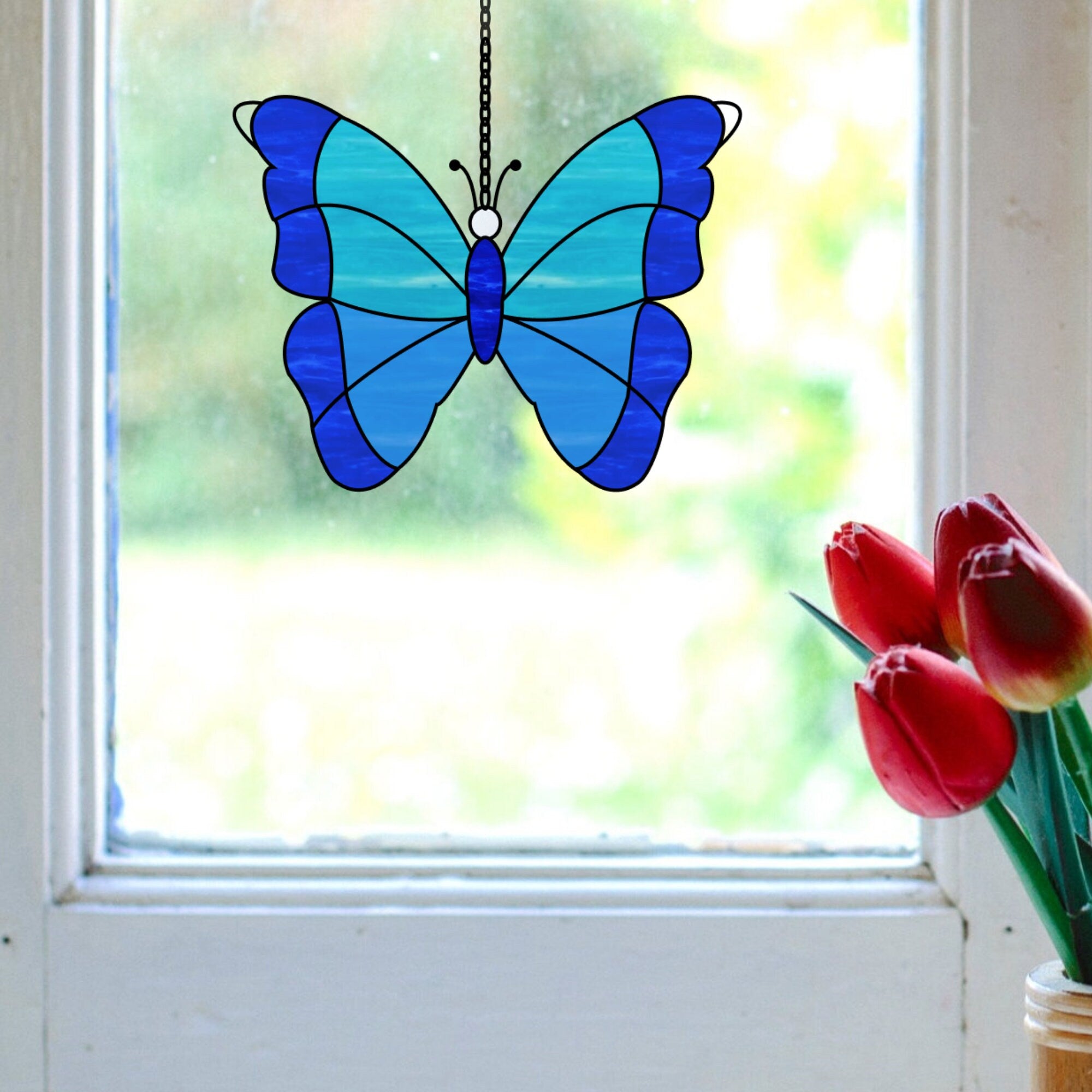Most likely glass was accidentally stumbled upon approximately 4500 years ago when Phoenicians,while in the field, would used silica sand to form a cooking area. When they had finished, they noticed that the sand had actually melted and a clear, hard chunk had formed. Today, we call that glass.
In the first century, the Romans melted this same sand store into windows. Not very clear but actually used to let the light in and the cold out.
Experimentation, both unintentional as well as purpose, continued adding various dyes. The first use of what we would call "stained glass" was found in the seventh century.
The Arabians would imbed clear colored glass directly into the building blocks, creating a beautifully lit area. Although the stained glass could have been in the experimental stage as early as 1000,
The first stained glass art form probably grew into popularity as the Arabian art moved first to Spain and then northward into France,Germany and England. What was once just colored glass that let the sun shine through became a true art form. Windows of cut glass became incredibly intricate and all cathedrals and many of the churches on the European Continent vied for the most elaborate window accompanied with the largest size they could afford. Some of these windows would rival any painting.
In the United States, Louis Comfort Tiffany brought stained glass into the homes of many wealthy customers using the glass as globes, trinket boxes and window decorations. Today, Tiffany's original glass globes and windows fetch unbelievable prices.
This 11 x 11 inch stained glass piece is designed for corner installation. The workmanship is excellent with an additional outline of the butterfly made with thin brass wire which had a beaded body.
Excellent quality and condition with no missing pieces . There are no chips or cracks.
Product code: Stained Glass Butterfly 11 x 11" With 8" Wingspan; for Corner Installation store




